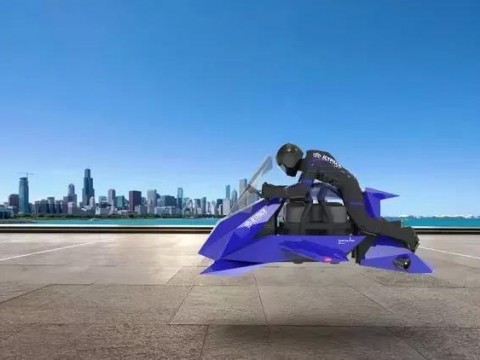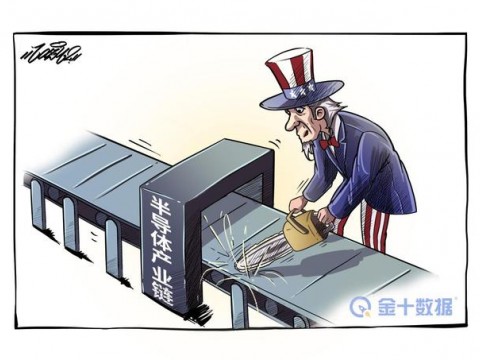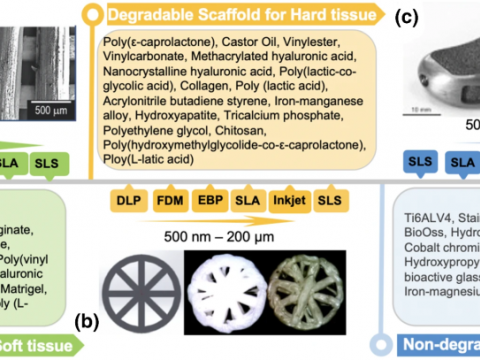林德物料搬运集团为其叉车提供的系统能够在QT50雷达传感器检测到叉车上方的屋顶时,立即自动降低室内区域的最大速度
通过SpeedAssist系统,林德物料搬运集团正在帮助其叉车客户提高企业场所内运输的安全性。林德SpeedAssist系统可检测叉车是否在车间内,并且在这种情况下将最大速度降低到预定义值(可在车辆控制器中设置)。一旦QT50雷达传感器检测到车间屋顶,则立即切换到室内运行。凭借坚固可靠的设计和可变的设置选项,图尔克的传感器提供了令人印象深刻的性能。该传感器经设置后,可以满足几乎所有工厂车间的个性化要求。

Banner Engineering’s QT50 radar sensor detects the hall roof from the roof of the cab




Excess speeds are just as much an accident risk in fork lift truck traffic as in road traffic. This is particularly the case in production halls and warehouses, since the vehicles are frequently operating in restricted conditions with many employees moving around at the same time. These are then seen too late, since vision is often impaired by machinery or shelves, walls or columns. Fork lift truck development is thus faced with the challenge of optimally combining the requirements of safety and economy.
SpeedAssist: Safety with a high handling capacity
A manufacturer of fork lift trucks that is focusing on this task is Linde Material Handling GmbH, a company belonging to the KION Group. Linde Material Handling is one of the world’s leading manufacturers of fork lift trucks and storage technology devices and market leaders in Europe.
Many customers wanted a solution that did not depend on the individual decision of the driver. Jennifer Skarabisch, who is responsible for electrical engineering in the fork lift and industrial truck department at Linde Material Handling, and her colleague Michael Fuchs, product manager for Parts in the Customer Services department at Linde Material Handling, continued to pursue the issue and developed the SpeedAssist, which reduces the maximum speed in indoor areas automatically.
The automatic reduction of maximum speed in indoor areas saves the customer from having to make any changes to the existing infrastructure. The fork lift truck itself had to provide the solution. The obvious option was for the fork lift truck to detect the hall roof with a sensor.
QT50 radar sensor meets all criteria
The criteria of the selection process included a large range, with compact dimensions and robust design, since the sensors are used outdoors and are occasionally subject to high vibrations including shocks. Our in-house testing for these criteria found a radar sensor from the Turck portfolio to have the best results: The QT50 radar sensor developed by Turck’s partner Banner Engineering.
Hall roof detection up to a height of 24 meters
The sensor of the SpeedAssist detects hall rooves up to a height of 24 meters. It indicates to the controller via a switching output whether a roof has been detected. The controller then gently slows down the driven speed or allows the higher maximum speed in the outdoor area. Electrical engineer Skarabisch highlighted the sensor’s ability to be adapted easily to the customer’s requirements as one of the positive features.
Linde has been offering the SpeedAssist as a retrofit solution since July 2015.











 经营性网站备案信息
经营性网站备案信息 ICP经营许可证
ICP经营许可证 营业执照副本
营业执照副本 不良信息举报中心
不良信息举报中心